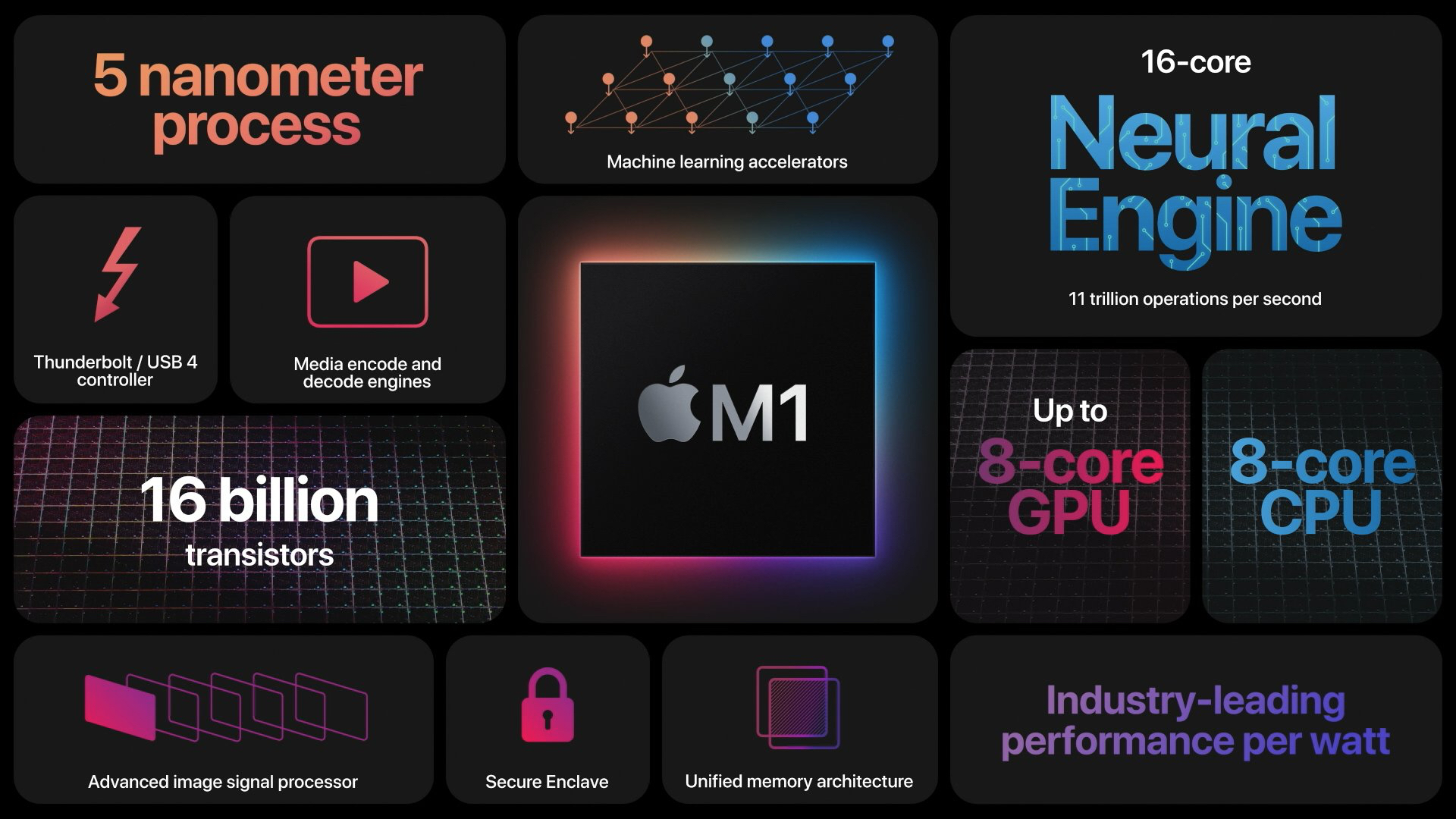In my previous blog on ECC vs. S/4HANA, I mentioned that S/4HANA now offers embedded GRC and Analytics.
So, when I had to make a decision for one of the clients, what to go ahead with. I tried finding more and more on embedded vs standalone GRC installation, but there are hardly any articles which outlines pros and cons. I am writing down, whatever I could find out from SAP and online. Hope it will help.
So, Embedded approach means we will install GRC solution as an add-on in the S/4 system. And Standalone means, we will have GRC system as a separate server installation in the landscape.
For instance, consider a GPS device. It can either be a standalone unit that can be used with any vehicle or an embedded system integrated into a car’s infotainment system. The advantages and disadvantages of the embedded or standalone approach align with this analogy.
Both approaches have their own set of advantages and trade-offs, and understanding these can help in making the right choice for your client.
Pros of the Embedded Approach
An embedded GRC solution integrates directly into the S/4 system, bringing several benefits:
✅Lower Implementation & Maintenance Costs – Since GRC is part of the same system, there’s no need for a separate installation, reducing infrastructure, setup and ongoing maintenance expenses.
✅Tighter Integration – There’s no need to replicate access data into another system. Unlike a standalone GRC setup, where all access data is duplicated into a separate GRC system, the embedded approach keeps everything within ERP, minimizing redundancy.
✅Unified User Experience – Everything is available in one place. Users don’t have to log into a different system to access GRC features—it’s like shopping at Walmart, where you find everything under one roof. For instance, if a business team needs access to the ERP system for daily tasks and also needs to approve requests or review risk summaries in GRC, they can do it all without switching systems.
Cons of the Embedded Approach
🚫Downtime & Upgrade Dependencies – If the S/4 system goes down for maintenance or an upgrade, GRC will also be affected. The system will be upgraded, even if there’s no need to update GRC at that time.
🚫Potential Performance Impact – If GRC is used for multiple SAP systems, all their access data will be replicated within the main ERP system. Continuous sync jobs could impact S/4 system performance, especially in larger landscapes.
Pros of the Standalone Approach
A standalone GRC system operates independently of the ERP system, which has its own advantages:
✅Independent Upgrades & Availability – Since it’s separate from S/4, GRC can be upgraded on its own timeline. If the S/4 system is down for maintenance, GRC remains operational for other systems like BW or any future additions to the SAP landscape.
✅Centralized Access & Audit Data – In multi-system environments, a standalone GRC provides a single point of visibility for access control and compliance. Additionally, segregating audit data ensures that if the ERP system encounters issues, forensic analysis can still be conducted using GRC logs.
Cons of the Standalone Approach
🚫Higher Infrastructure & Maintenance Costs – Since GRC runs as a separate system, additional infrastructure is needed, increasing setup and maintenance costs.
🚫Future Upgrade Considerations – SAP has announced extended maintenance for the current version until 2030, but beyond that, there may be a need to upgrade to a new version, depending on SAP’s roadmap.
Key Factors to Consider When Choosing a GRC Approach
When deciding between an embedded, or standalone GRC approach, several factors come into play. Here are the key considerations to keep in mind:
1. Cost Considerations
Budget is always a crucial factor. An embedded GRC solution typically has lower implementation and maintenance costs since it leverages the existing ERP system. On the other hand, a standalone GRC system requires additional infrastructure and maintenance, increasing overall costs.
2. Organization Size & System Landscape
The number of SAP systems in your ecosystem plays a major role in the decision:
If you only need GRC for a single S/4 system, an embedded solution can be a cost-effective and efficient choice.
However, if your organization plans to expand with multiple SAP systems, a standalone GRC system is the better option. This prevents excessive replication of access data into the main S/4 system, which could lead to performance degradation.
Another key factor is system availability—if your S/4HANA system goes down, an embedded GRC solution would also become unavailable, preventing access to GRC features for other SAP systems. A standalone system ensures GRC remains operational even if S/4 is down.
3. Implementation Timelines
The time required to implement GRC varies based on the approach:
Embedded GRC is typically faster to implement since it integrates directly with S/4.
Standalone GRC requires more time for setup and configuration.
Additionally, from a long-term perspective, SAP has announced extended maintenance support for GRC Access Control until 2030. If a company implements it in 2026, they may need to upgrade or migrate to a new system by 2029, so future roadmap planning is essential.
4. Compliance Approach
Standalone and embedded GRC both offer same risk assessment and mitigation features but if the organization’s compliance policy needs segregation of Audit data, a standalone approach would be a better one.
To conclude, each client/org is different and they have different set of compliance guidelines and needs.
Hope this will help make a decision. Thank you.
In my previous blog on ECC vs. S/4HANA, I mentioned that S/4HANA now offers embedded GRC and Analytics.So, when I had to make a decision for one of the clients, what to go ahead with. I tried finding more and more on embedded vs standalone GRC installation, but there are hardly any articles which outlines pros and cons. I am writing down, whatever I could find out from SAP and online. Hope it will help.So, Embedded approach means we will install GRC solution as an add-on in the S/4 system. And Standalone means, we will have GRC system as a separate server installation in the landscape.For instance, consider a GPS device. It can either be a standalone unit that can be used with any vehicle or an embedded system integrated into a car’s infotainment system. The advantages and disadvantages of the embedded or standalone approach align with this analogy.Both approaches have their own set of advantages and trade-offs, and understanding these can help in making the right choice for your client.Pros of the Embedded ApproachAn embedded GRC solution integrates directly into the S/4 system, bringing several benefits:✅Lower Implementation & Maintenance Costs – Since GRC is part of the same system, there’s no need for a separate installation, reducing infrastructure, setup and ongoing maintenance expenses.✅Tighter Integration – There’s no need to replicate access data into another system. Unlike a standalone GRC setup, where all access data is duplicated into a separate GRC system, the embedded approach keeps everything within ERP, minimizing redundancy.✅Unified User Experience – Everything is available in one place. Users don’t have to log into a different system to access GRC features—it’s like shopping at Walmart, where you find everything under one roof. For instance, if a business team needs access to the ERP system for daily tasks and also needs to approve requests or review risk summaries in GRC, they can do it all without switching systems.Cons of the Embedded Approach🚫Downtime & Upgrade Dependencies – If the S/4 system goes down for maintenance or an upgrade, GRC will also be affected. The system will be upgraded, even if there’s no need to update GRC at that time.🚫Potential Performance Impact – If GRC is used for multiple SAP systems, all their access data will be replicated within the main ERP system. Continuous sync jobs could impact S/4 system performance, especially in larger landscapes. Pros of the Standalone ApproachA standalone GRC system operates independently of the ERP system, which has its own advantages:✅Independent Upgrades & Availability – Since it’s separate from S/4, GRC can be upgraded on its own timeline. If the S/4 system is down for maintenance, GRC remains operational for other systems like BW or any future additions to the SAP landscape.✅Centralized Access & Audit Data – In multi-system environments, a standalone GRC provides a single point of visibility for access control and compliance. Additionally, segregating audit data ensures that if the ERP system encounters issues, forensic analysis can still be conducted using GRC logs.Cons of the Standalone Approach🚫Higher Infrastructure & Maintenance Costs – Since GRC runs as a separate system, additional infrastructure is needed, increasing setup and maintenance costs.🚫Future Upgrade Considerations – SAP has announced extended maintenance for the current version until 2030, but beyond that, there may be a need to upgrade to a new version, depending on SAP’s roadmap.Key Factors to Consider When Choosing a GRC ApproachWhen deciding between an embedded, or standalone GRC approach, several factors come into play. Here are the key considerations to keep in mind:1. Cost ConsiderationsBudget is always a crucial factor. An embedded GRC solution typically has lower implementation and maintenance costs since it leverages the existing ERP system. On the other hand, a standalone GRC system requires additional infrastructure and maintenance, increasing overall costs.2. Organization Size & System LandscapeThe number of SAP systems in your ecosystem plays a major role in the decision:If you only need GRC for a single S/4 system, an embedded solution can be a cost-effective and efficient choice.However, if your organization plans to expand with multiple SAP systems, a standalone GRC system is the better option. This prevents excessive replication of access data into the main S/4 system, which could lead to performance degradation.Another key factor is system availability—if your S/4HANA system goes down, an embedded GRC solution would also become unavailable, preventing access to GRC features for other SAP systems. A standalone system ensures GRC remains operational even if S/4 is down.3. Implementation TimelinesThe time required to implement GRC varies based on the approach:Embedded GRC is typically faster to implement since it integrates directly with S/4.Standalone GRC requires more time for setup and configuration.Additionally, from a long-term perspective, SAP has announced extended maintenance support for GRC Access Control until 2030. If a company implements it in 2026, they may need to upgrade or migrate to a new system by 2029, so future roadmap planning is essential.4. Compliance ApproachStandalone and embedded GRC both offer same risk assessment and mitigation features but if the organization’s compliance policy needs segregation of Audit data, a standalone approach would be a better one.To conclude, each client/org is different and they have different set of compliance guidelines and needs. Hope this will help make a decision. Thank you. Read More Technology Blogs by Members articles
#SAP
#SAPTechnologyblog








